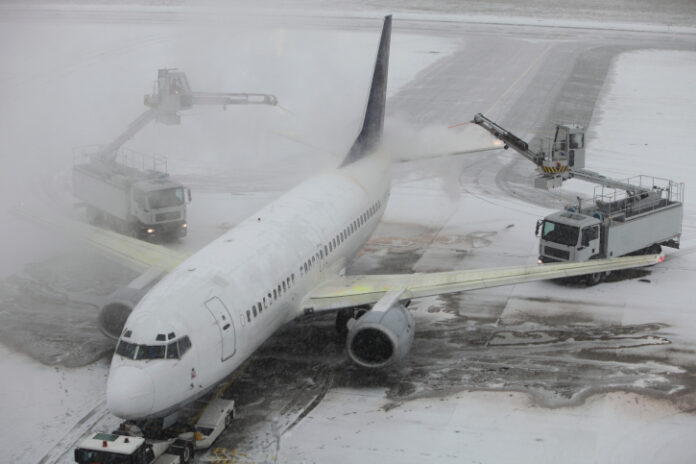Airport privatization yields large benefits, a new study published by the National Bureau of Economic Research Finds.
by Robert Poole
Does the type of ownership make a difference to airport performance? One of the much-quoted studies on this subject appeared in the Journal of Urban Economics in 2008, reflecting the early wave of mostly European sales and partial sales of airports. It found positive results on airport productivity, but its sample size was small—only 16 privatized airports out of a 109-airport dataset.
A new study from the National Bureau of Economic Research (NBER Working Paper 30544), reflects a world in which 437 airports have been privatized to date. The authors drew from a dataset of 2,444 airports in 217 countries. Rather than comparing all privatized airports with all the rest, they focused on before-and-after comparisons of the privatized airports. They sought to answer the question of whether the type of privatization leads to differences in airport performance. In particular, to the best of my knowledge, this is the first such study that considers whether different outcomes occur when airports are acquired by infrastructure investment funds, rather than by converting the airport to an airport company. Their most important finding is that “infrastructure funds improve airport performance.”
Here is a summary of seven key changes. The first is adding more air traffic, where the number of passengers per flight increases by 20% compared with non-infra-fund acquisitions. And overall passenger numbers increase by 84% under infra-fund ownership. Second, the fund-owned airports attract new airlines, with the increase in competition leading to better service and lower fares. These airports also increase the number of airline routes, especially international routes.
A surprising finding (to this American policy researcher) is that under infrastructure fund ownership, there are “dramatic declines” in flight cancellations and a large increase in on-time departures. This reflects non-U.S. airports, since even before privatization, they generally had common-use gates, which means greater flexibility for the airport to assign airliners to gates. In privatized airports, this continues to be an airport function, not an airline function.
Since the available performance data included little on the quality of airport retail and related passenger-experience indicators, the NBER researchers relied on the Airport Council International (ACI) World’s annual Air Service Quality (ASQ) awards, which assess passenger satisfaction via annual surveys. They found that transitions to infrastructure fund ownership increase the chance of an airport winning an ASQ award.
On airport finance, the researchers documented that fees charged to airlines increased after privatization of either type. There is also a strong relationship between acquisition by an infrastructure fund and removal of price regulation. Net operating income increases by 108% after infra fund acquisition, but this is due more to higher revenues than to cost-cutting—for example, there is no change in employees per passenger.
Throughout the study, the researchers distinguished between concessions of less than 30 years and those with longer terms, defining the latter (and outright sales) as forms of ownership. Overall, they found that “sales” (including longer-term concession) lead to larger efficiency improvements than shorter-term concessions, suggesting that “ownership rights may lead to better-aligned incentives.”
They also examined the role of airport competition. In general, they found that “improvements are much larger in the presence of a competing airport,” with the stronger relationship occurring under infra fund ownership.
Overall, they found that “privatization consistently improves productivity only with [infra fund] involvement.” They speculate that this may be due to new strategies, equity-based compensation for management, and investing in better passenger services and technology.
This important study is likely to inform plans for long-term airport concessions in the United States and worldwide. Inframation News (Aug. 23) provided an overview of continued investor interest, despite only a handful of transactions from 2020 through 2022. It quoted Macquarie executive John Bruen saying “Once the [aviation] sector has got itself back up there and is robust and . . . at . . . (pre-COVID) volume levels again, then I think you’ll see the transaction activity.” The report also includes a chart showing the eight largest airport infrastructure fund investors. Leading the pack with nine airports is IFM Investors, followed by Macquarie Asset Management with eight.
Originally published by Reason Foundation. Republished with permission.
For more Budget & Tax News.











